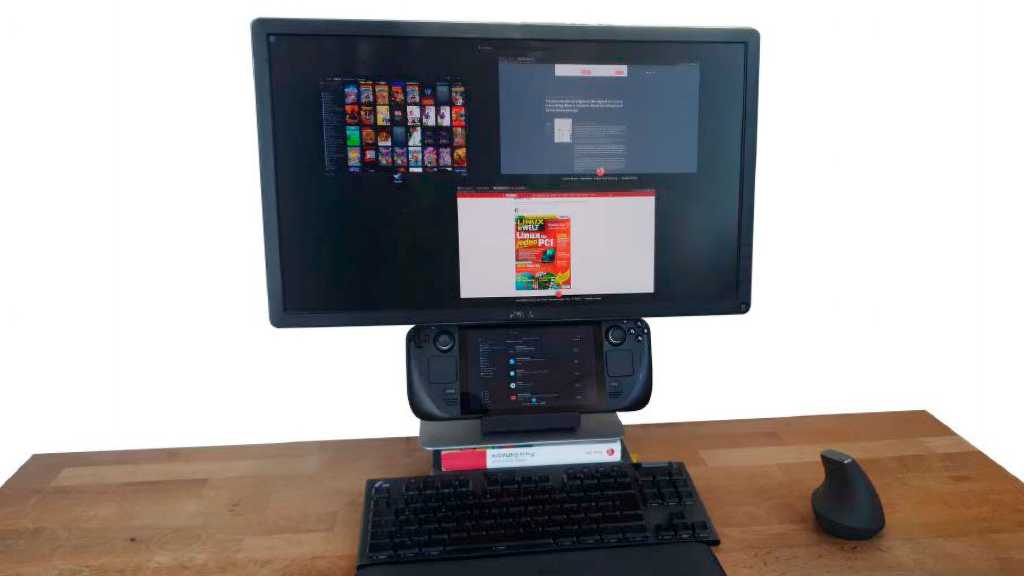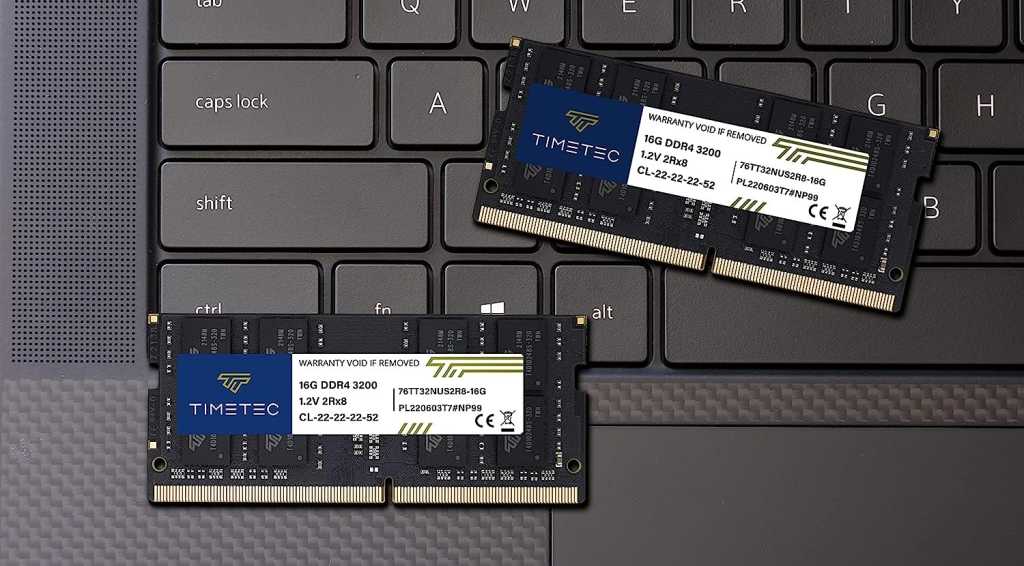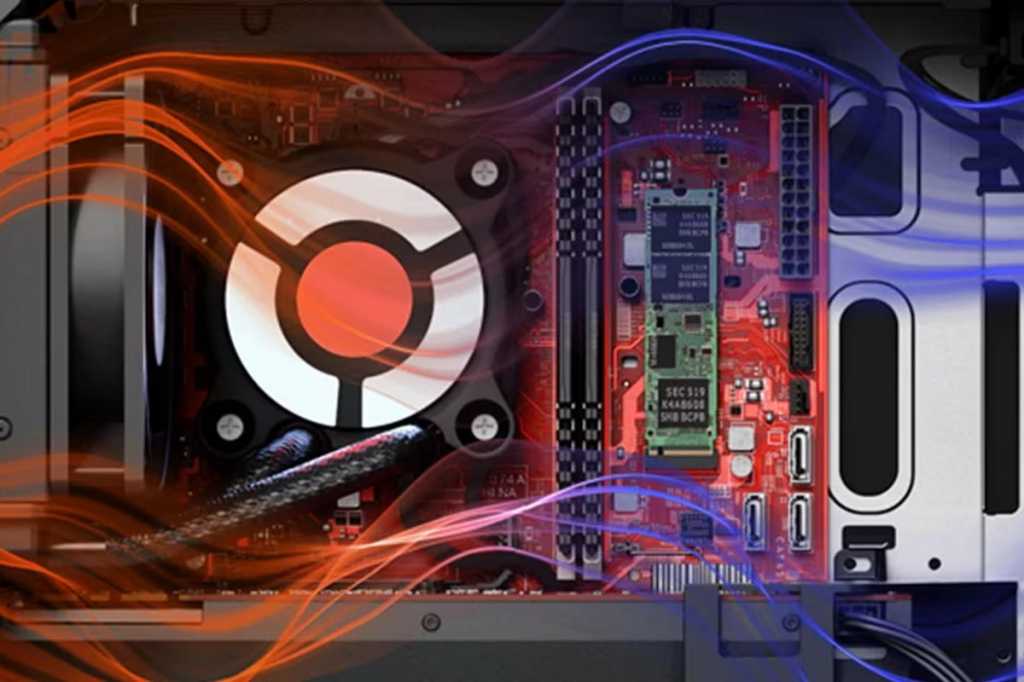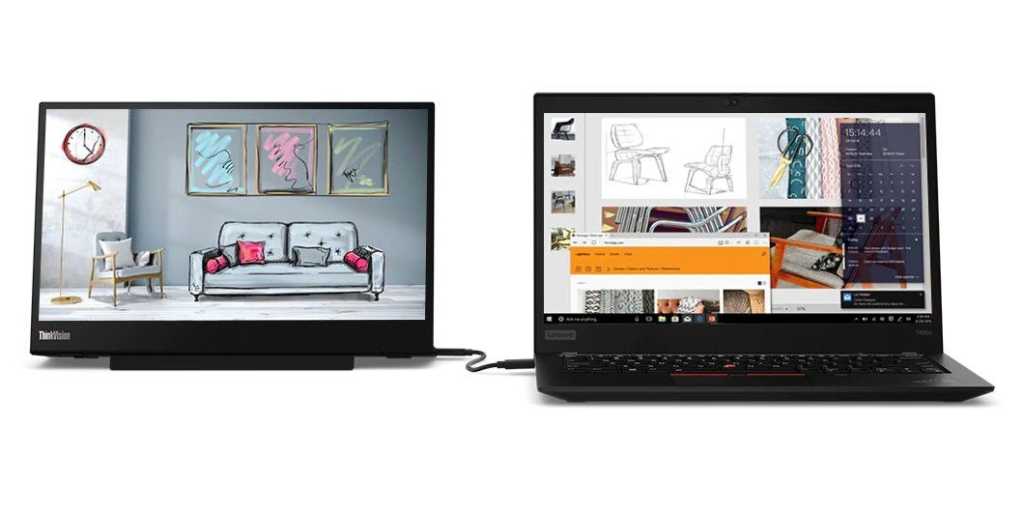The Steam Deck, Valve’s handheld gaming console powered by Linux, has garnered significant attention. Beyond its gaming capabilities, many wonder if its PC-like hardware makes it a suitable desktop replacement. This article explores the Steam Deck’s potential as a desktop PC, examining its operating system, hardware, performance, and overall usability.
From Debian to Arch: A Refined OS
Learning from the shortcomings of its previous Linux-based gaming systems, Valve has chosen Arch Linux as the foundation for the Steam Deck’s SteamOS 3. This shift from Debian offers several advantages, including faster driver and graphics API releases. While the current system software (Linux kernel 6.1, KDE Plasma 5.27, and Qt toolkit 6.4) is functional, future updates are expected to bring even greater performance and compatibility. Proton, the compatibility layer enabling Windows games to run on Linux, significantly enhances the gaming experience. Notably, the desktop mode is now fully usable, a crucial aspect for desktop functionality.
Hardware and Performance Benchmarks
The Steam Deck’s AMD APU, built on Zen 2 and RDNA 2 architecture, boasts performance comparable to a Ryzen 3000 series CPU and a Radeon RX 6000 series GPU. The quad-core CPU, with eight threads clocking between 2.5 and 3.5 GHz, combined with 16 GB of low-power DDR5 RAM, provides a solid foundation for various tasks. Geekbench 6 benchmarks show a single-core score of 1,191 and a multi-core score of 4,209, surpassing many used laptops and confirming its desktop potential. Storage options vary across models, with 64 GB eMMC, 256 GB NVMe SSD, and 512 GB NVMe SSD configurations available, all expandable via microSD card. While lacking a built-in webcam, the Steam Deck features a stereo microphone and speakers for voice conferencing. However, the fan can be audible during calls, making a headset recommended for optimal audio quality.
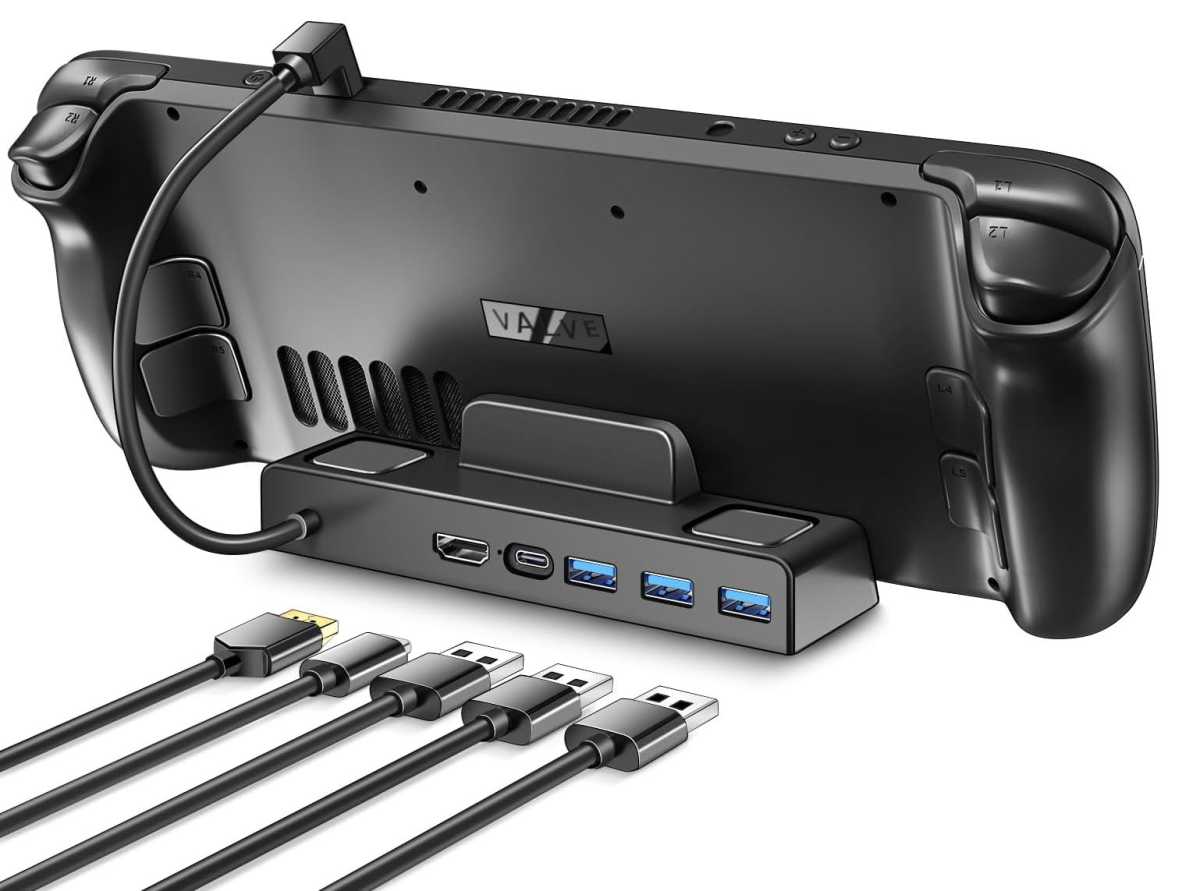 Without a docking station, the Steam Deck can hardly be used as a desktop. Valve’s own dock costs about 50 euros.
Without a docking station, the Steam Deck can hardly be used as a desktop. Valve’s own dock costs about 50 euros.
Docking Station: Essential for Desktop Use
For a complete desktop experience, a docking station is essential. The official Steam Deck Dock offers versatile connectivity, including three USB 3.1 ports, Gigabit Ethernet, DisplayPort 1.4, and HDMI 2.0, supporting up to two external monitors at 4K 60Hz or 1440p 120Hz. An external monitor is crucial for comfortable desktop use. Battery life ranges from two to eight hours depending on usage, necessitating a connected power supply for extended desktop sessions. Everyday applications like LibreOffice, Firefox, Thunderbird, Gimp, Kdenlive, Darktable, Obsidian, and Steam run smoothly. External storage performance is also satisfactory, with minimal delays experienced.
Software and Security Considerations
SteamOS 3 utilizes the KDE desktop environment, and additional software can be installed via the Discover app store or terminal using Flatpak. While this simplifies software management, some common packages may be missing from the Steam repositories. A recovery ISO is available for troubleshooting or installing larger hard drives. Security-wise, the Steam Deck only offers a PIN code for protection, leaving unencrypted hard drives and SD cards vulnerable. Full Disk Encryption is possible but requires manual configuration and a keyboard for every boot. For sensitive data, third-party encryption solutions are recommended. Additionally, users should set passwords for the default “deck” user and root accounts upon initial setup.
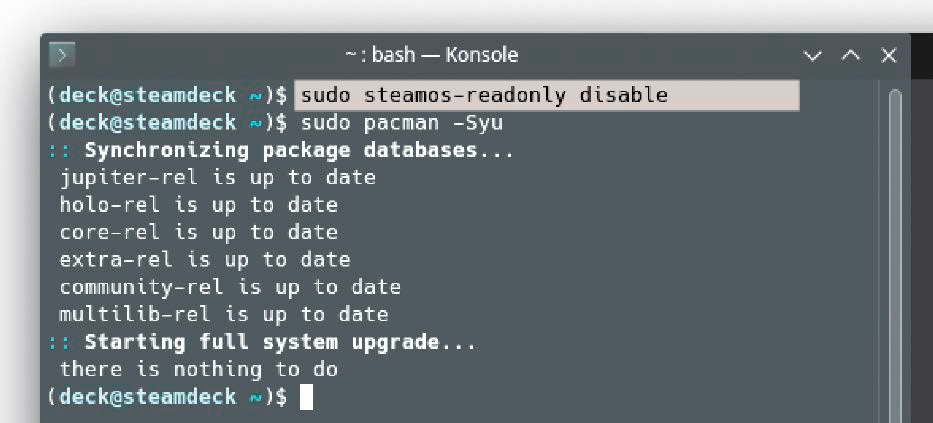 Pacman in the terminal: The Arch package manager is disabled by default, but can be enabled with a command.
Pacman in the terminal: The Arch package manager is disabled by default, but can be enabled with a command.
Verdict: A Promising but Imperfect Desktop Solution
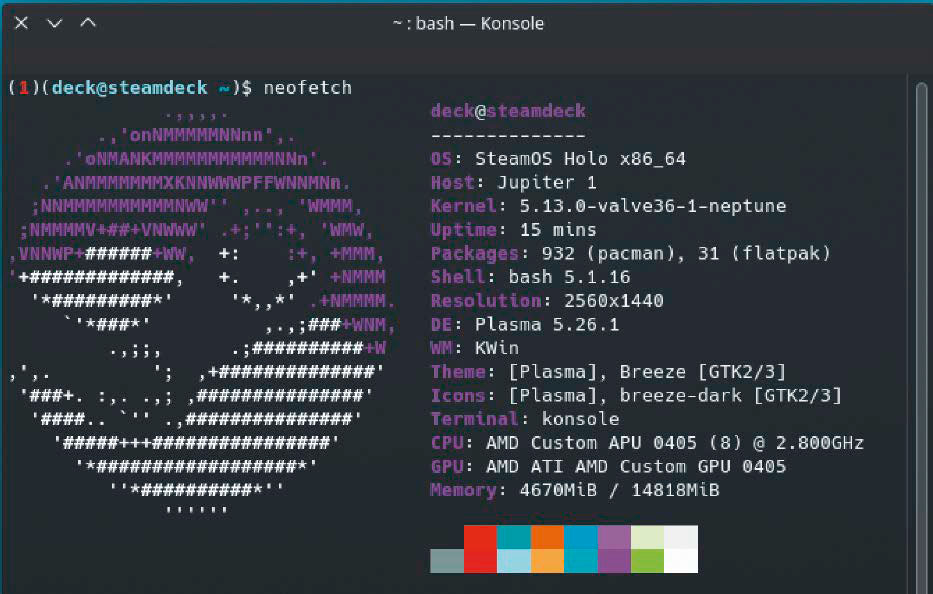 The tool Neofetch shows it: The currently used software base is no longer up to date.
The tool Neofetch shows it: The currently used software base is no longer up to date.
The Steam Deck demonstrates considerable potential as a desktop replacement, offering adequate performance for everyday tasks and a user-friendly Linux environment. With a docking station, it becomes a capable machine for browsing, streaming, office work, and even multimedia editing. However, the occasionally outdated software and limited security features slightly detract from the overall experience. While a kernel update is expected with SteamOS 3.5, users should consider the security implications and choose appropriate solutions for data protection. Ultimately, the Steam Deck presents a compelling alternative to traditional laptops, especially for users already invested in the Steam ecosystem.



